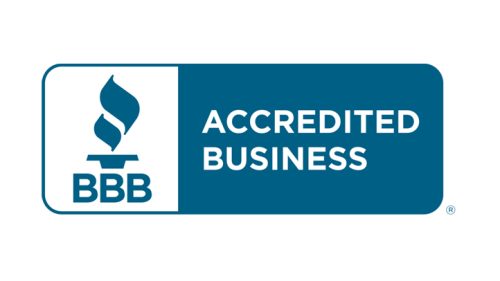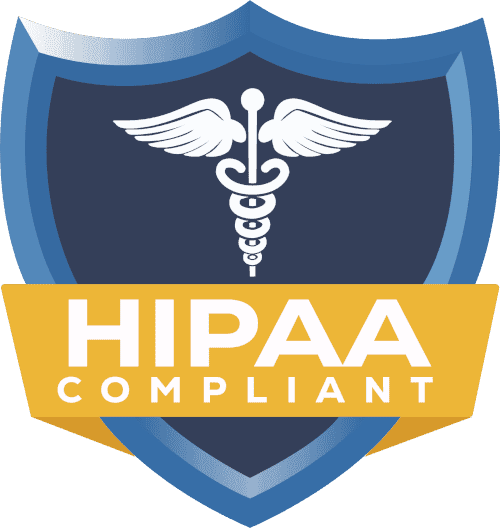Comprehensive Medical Practice Start-Up Plan

Starting a medical practice requires careful planning, attention to detail, and expert guidance. This guide outlines the key steps to help you successfully establish and manage your healthcare practice.
1. Initial Planning and Legal Considerations
Hire Legal Counsel
Consult healthcare legal experts to navigate regulations, compliance, and business formation.
Obtain Professional Licenses
Ensure you meet state-specific licensing requirements. Use resources like the Federation of State Medical Boards (FSMB) for guidance.
Choose a Practice Entity Type
Work with legal and financial advisors to determine the best business structure:
- Sole Proprietorship
- Limited Liability Company (LLC)
- Partnership
- Corporation
This decision impacts tax efficiency and liability management.
2. Financial Planning
Create a Business Plan
Develop a detailed business plan covering goals, services, target market, and financial projections. Use resources like the Small Business Administration (SBA) for templates and guidance.
Secure Financing
Explore funding options such as SBA loans, bank loans, and private investors.
Set Up Accounting Systems
Implement accounting software like QuickBooks or hire an accountant for efficient payroll, tax, and financial management.
3. Location and Facility Setup
Choose an Ideal Location
Conduct demographic studies and market analysis to select a location that meets patient accessibility and market demand.
Lease or Purchase Property
Partner with commercial real estate agents who specialize in healthcare properties to negotiate lease or purchase agreements.
Design and Renovate
Work with healthcare facility designers to create a functional, efficient, and patient-friendly environment that complies with regulations.
4. Regulatory Compliance
Register with Required Agencies
Obtain necessary identifiers, including a National Provider Identifier (NPI) from the National Plan & Provider Enumeration System (NPPES).
Credentialing with Payers
Use CAQH ProView for streamlined credentialing with Medicare, Medicaid, and private insurance payers.
Ensure Compliance
Adhere to HIPAA regulations for patient privacy and OSHA standards for workplace safety to avoid legal risks and penalties.
5. Technology and Equipment
Procure Medical Equipment
Purchase high-quality medical equipment from trusted vendors like Henry Schein Medical.
Implement EHR Systems
Choose a certified Electronic Health Record (EHR) system to manage patient records. Refer to the Office of the National Coordinator for Health IT (ONC) for certified solutions.
Build IT Infrastructure
Set up reliable IT systems for data security and seamless network management. Schedule a cybersecurity assessment for added protection.
6. Staffing
Recruit Qualified Staff
Use specialized healthcare job boards and agencies like Health eCareers to hire skilled personnel.
Develop HR Policies
Create HR policies and employee handbooks covering roles, responsibilities, and employee expectations. Use resources like the Society for Human Resource Management (SHRM).
Train Staff
Provide continuous training through platforms like the Medical Group Management Association (MGMA) to enhance efficiency and adherence to best practices.
7. Marketing and Patient Acquisition
Develop a Marketing Plan
Create a comprehensive strategy including digital marketing, community outreach, and patient referral programs.
Build an Online Presence
Launch a user-friendly website optimized for SEO and engage with patients through social media platforms.
Network with Providers
Attend local healthcare events and join professional associations to grow a referral network.
8. Operations Management
Establish Office Policies
Set up clear policies for scheduling, billing, and patient interactions to ensure smooth day-to-day operations.
Implement Billing and Collections Systems
Use efficient billing software and train staff to handle insurance claims, patient invoicing, and collections.
Monitor Practice Performance
Track key performance indicators (KPIs) such as patient satisfaction, revenue growth, and operational efficiency to measure success and identify areas for improvement.
Conclusion
This guide provides essential steps for starting and managing a successful medical practice. From securing financing and setting up your facility to marketing and regulatory compliance, each phase is designed for a smooth and efficient launch.
Take advantage of free start-up resources and schedule a technology assessment to optimize your practice’s operations. With the right plan in place, your dream of running a thriving healthcare practice is within reach.
Contact Credex Healthcare
- Website: Credex Healthcare
- Phone: 833-477-1261



















